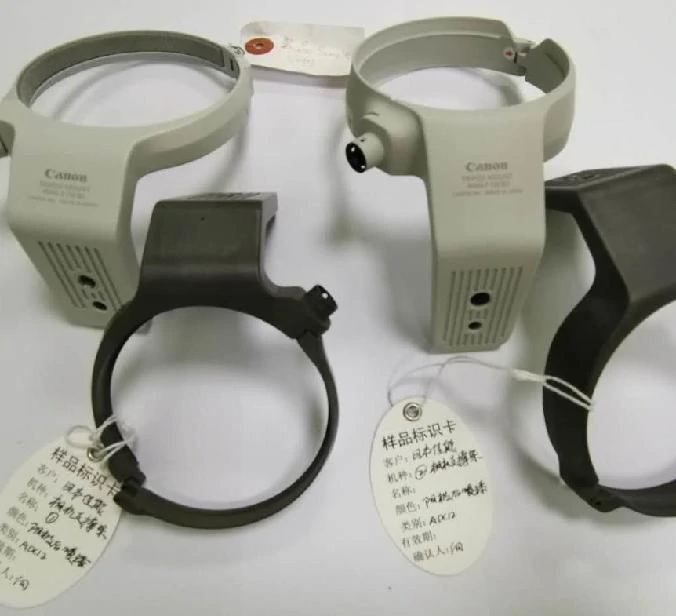Die-casting mold design is a critical aspect of high-volume production processes. One of the key challenges faced in this field is the occurrence of thermal fatigue, which can significantly impact the performance and longevity of molds. This article explores effective strategies and materials used in die-casting mold design to combat thermal fatigue, ensuring optimal performance in high-volume production environments.

Understanding Thermal Fatigue
Definition and Causes
Thermal fatigue refers to the cumulative damage caused by cyclic heating and cooling. In die-casting mold design, this phenomenon is often a result of the intense thermal conditions experienced during high-volume production cycles.
Impact on Die Casting Mold Performance
The consequences of thermal fatigue can be severe, leading to reduced mold life, increased maintenance costs, and potential disruptions in production efficiency. Addressing these issues requires a comprehensive approach.
Common Challenges in High-Volume Production
Increased Temperatures and Frequency
In the die casting mold design realm, high-volume production means molds are subjected to elevated temperatures and increased frequency of operation. These factors contribute significantly to thermal fatigue.
Material Degradation and Wear
Continuous exposure to extreme temperatures can accelerate material degradation and wear, further exacerbating high-volume die-casting mold design challenges.
Strategies to Combat Thermal Fatigue
Now, let’s explore the strategies employed in die-casting mold design to combat thermal fatigue and enhance overall performance.
Optimal Cooling Channel Design
Efficient cooling is paramount in mitigating thermal fatigue. Die-casting mold designers meticulously engineer cooling channels to ensure uniform heat dissipation, preventing localized hotspots that contribute to thermal stress. Integrating advanced cooling channel configurations enhances the mold’s ability to withstand high-volume production demands.
Advanced Simulation Techniques
Simulation is crucial in predicting and managing thermal stress in die-casting molds. Using sophisticated simulation tools, designers can analyze the mold’s behavior under varying thermal conditions. Real-time monitoring allows for adjustments in production parameters, optimizing the mold’s performance and longevity.
Material Selection and Coating Technologies
Choosing high-performance materials with excellent thermal stability is fundamental in combating thermal fatigue. Additionally, applying protective coatings to mold surfaces enhances resistance to thermal stress, minimizing the impact of cyclic heating and cooling.
Industry 4.0 Integration
Industry 4.0 technologies are pivotal in addressing thermal fatigue challenges in the ever-evolving landscape of die-casting mold design.
Leveraging IoT and AI for Improved Precision
Integrating the Internet of Things (IoT) and Artificial Intelligence (AI) into die-casting mold design processes allows real-time data collection and analysis. This data-driven approach enables precise control over production parameters, optimizing the mold’s performance and minimizing thermal fatigue.
Data-Driven Decision-Making in Die Casting Mold Design
The utilization of data analytics facilitates informed decision-making in die-casting mold design. Analyzing production data helps identify patterns and trends, allowing for proactive adjustments to mitigate thermal fatigue and enhance overall mold efficiency.
Addressing User Concerns
As providers of die-casting mold design services, we understand clients often have specific questions about the process and its implications. Let’s address some common queries:
How Can Thermal Fatigue Affect Production Efficiency?
If addressed, thermal fatigue can lead to increased downtime and maintenance requirements. By implementing the abovementioned strategies, we aim to minimize thermal fatigue, ensuring consistent and efficient high-volume production.
What Role Does Mold Design Play in Mitigating Thermal Stress?
Mold design is central to combating thermal fatigue. Optimal cooling channel design, advanced simulation techniques, and the selection of appropriate materials all contribute to a mold’s ability to withstand thermal stress.
Conclusion and Future Trends
In conclusion, the strategies outlined in this article showcase the proactive measures taken in die-casting mold design to combat thermal fatigue. As we look to the future, ongoing advancements in materials, simulation technologies, and Industry 4.0 integration will continue to shape the landscape of high-volume die-casting mold design. Stay tuned for more insights and innovations in this dynamic field.


